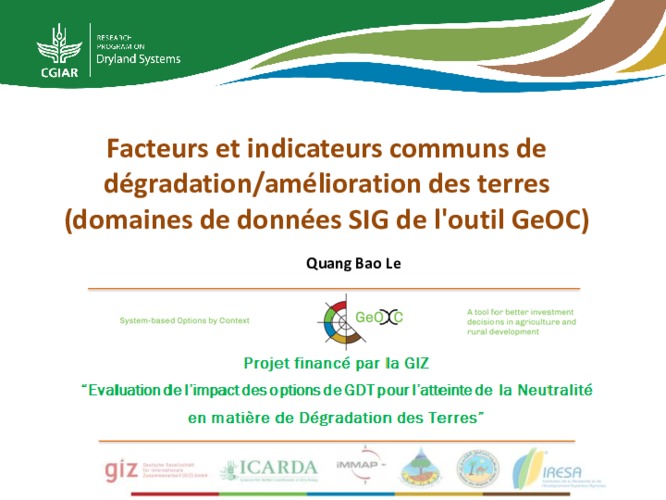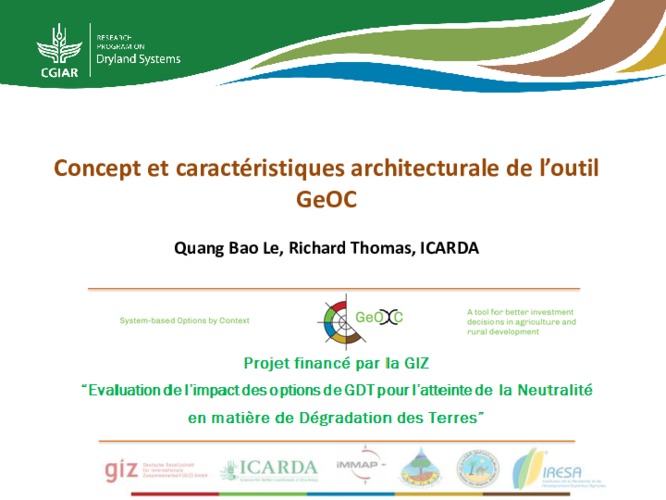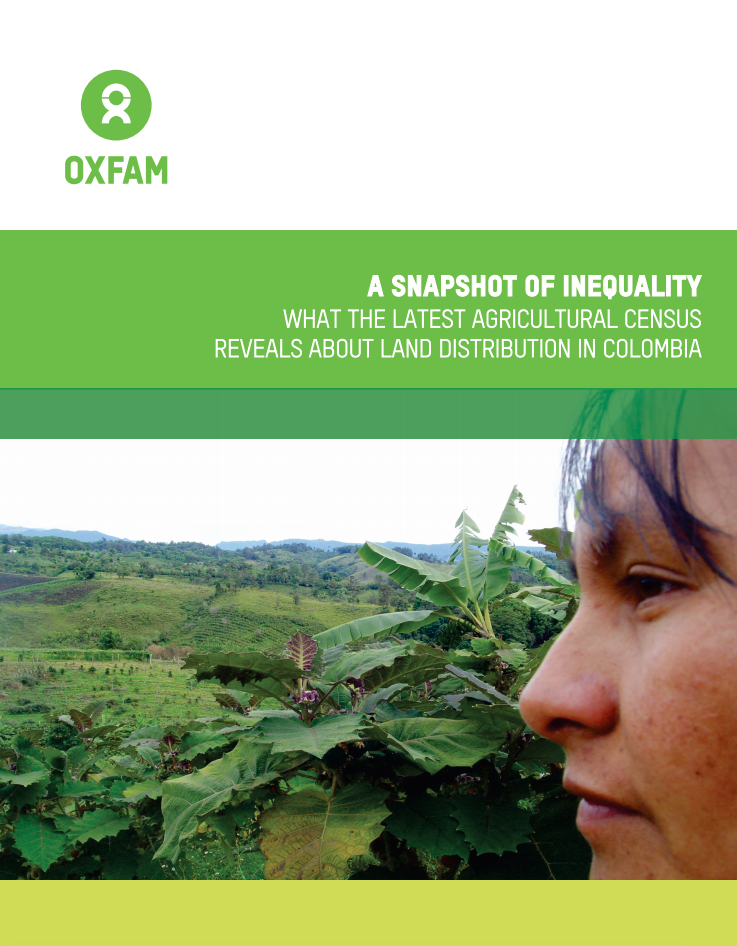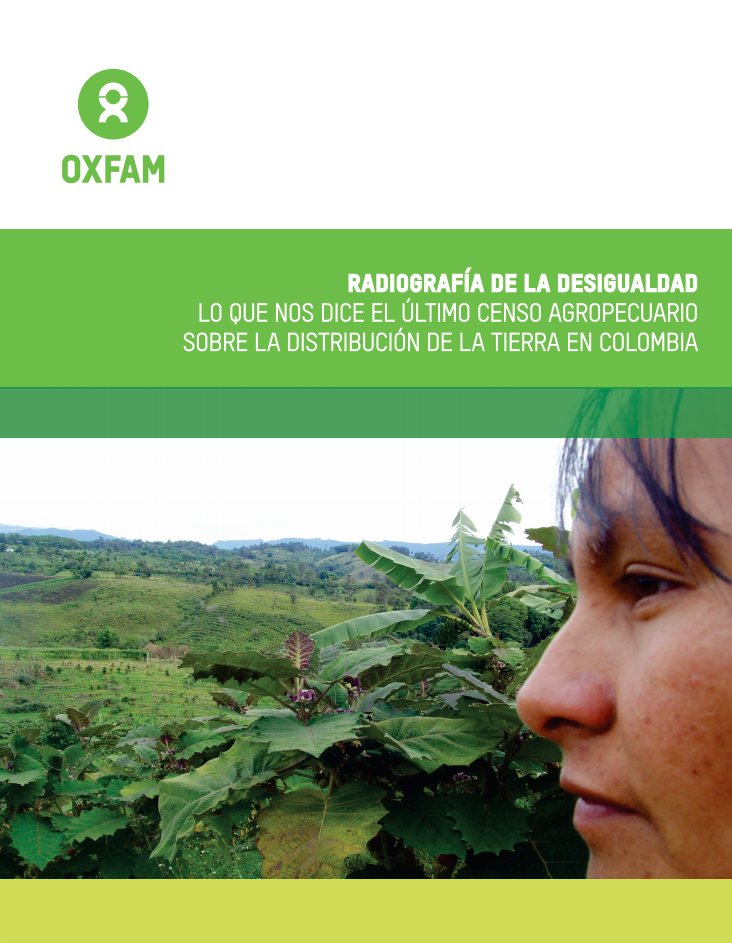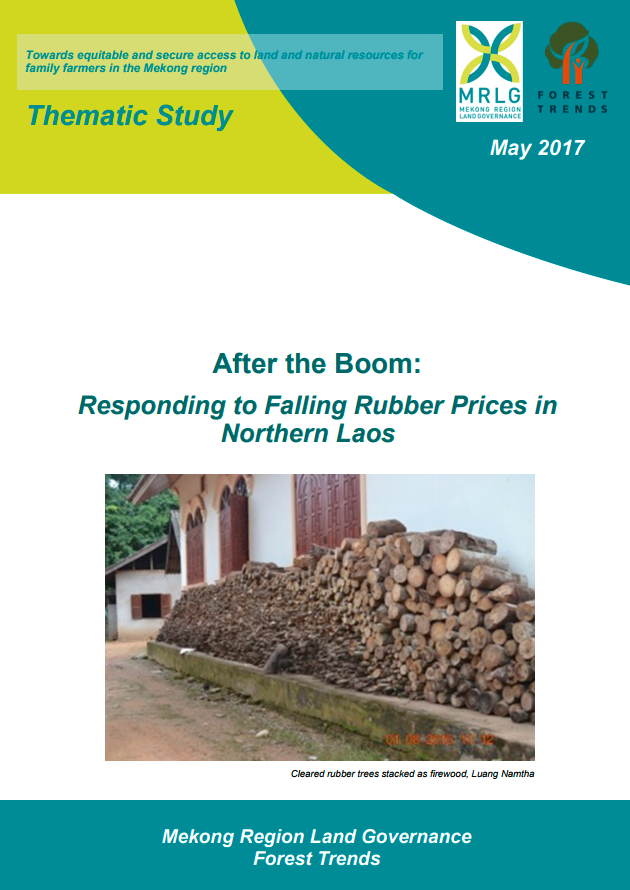Understanding changing land access and use by the rural poor in Ghana
Highlights the key drivers of pressure in Ghana on rural land and their communities, such as population growth, urbanisation and acquisition of land by new actors, including government and business. Draws on case study evidence from two communities: the Ahanta West District near Sekondi-Takoradi in the south, and the Savelugu-Nanton Municipal Authority around Tamale in the north.



